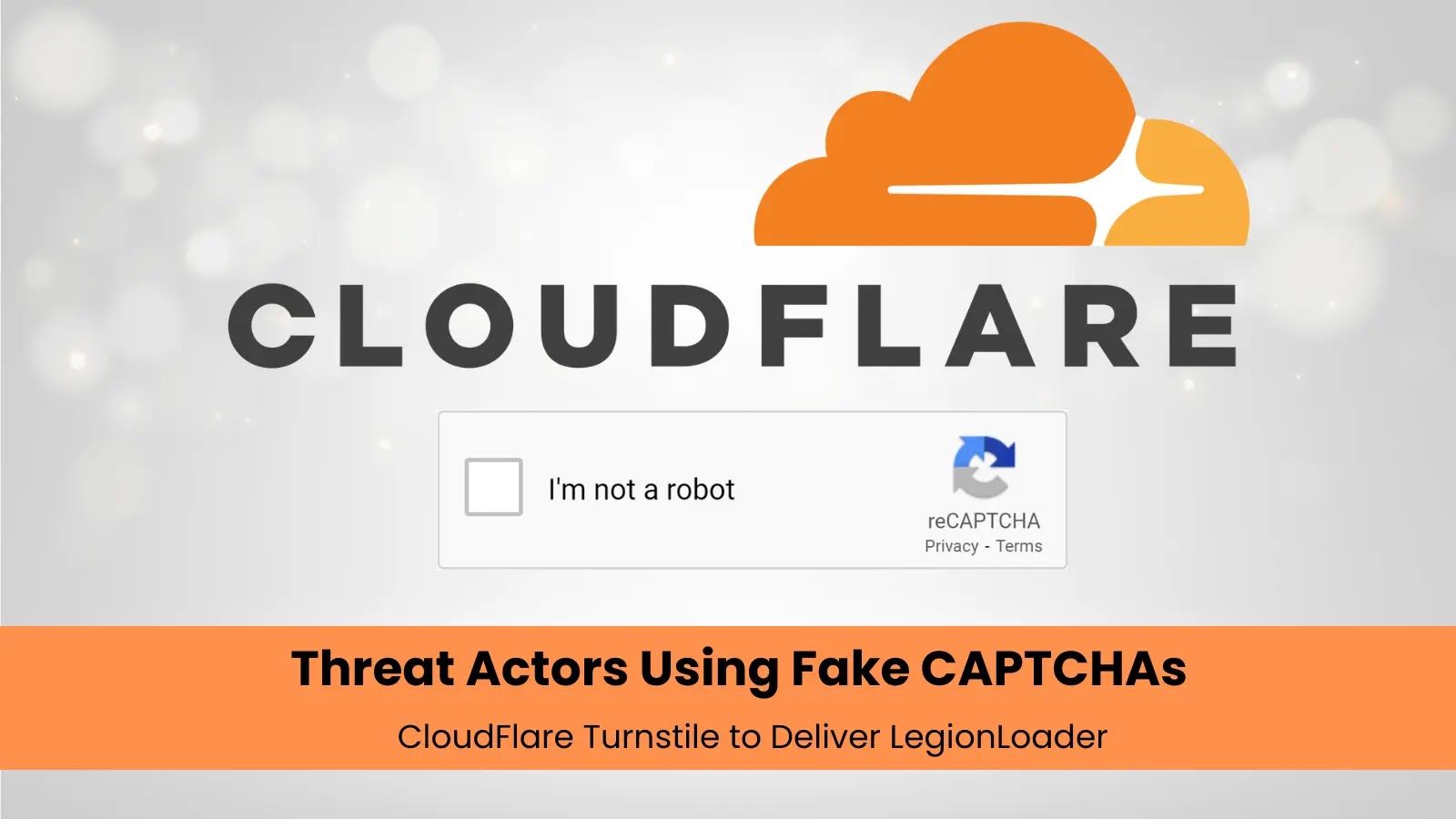In a concerning development, cybersecurity experts have identified a financially motivated threat actor, designated as UNC5142, leveraging blockchain smart contracts to disseminate information-stealing malware. This campaign targets both Windows and macOS users by compromising vulnerable WordPress websites.
The Emergence of UNC5142
UNC5142 has been active since at least June 2025, with Google Threat Intelligence Group (GTIG) reporting approximately 14,000 web pages infected with malicious JavaScript linked to this actor. The group’s operations involve a sophisticated technique known as EtherHiding, which embeds malicious code within public blockchain platforms like the Binance Smart Chain (BSC). This method not only obfuscates the malicious payload but also enhances the resilience of the attack infrastructure against detection and takedown efforts.
Understanding EtherHiding
First documented by Guardio Labs in October 2023, EtherHiding represents a significant evolution in malware distribution tactics. By storing malicious code within blockchain smart contracts, attackers can exploit the decentralized and immutable nature of blockchain technology to host and distribute malware. This approach complicates traditional detection methods and provides a robust platform for malicious activities.
The Attack Mechanism
The attack orchestrated by UNC5142 unfolds in multiple stages:
1. Initial Compromise: Attackers exploit vulnerabilities in WordPress sites to inject a JavaScript downloader, referred to as CLEARSHORT, into plugin-related files, theme files, or directly into the WordPress database.
2. Blockchain Interaction: The injected JavaScript interacts with a malicious smart contract on the BSC blockchain to retrieve a second-stage payload.
3. Malicious Landing Page: This payload directs users to a deceptive landing page employing the ClickFix social engineering technique, which prompts users to execute malicious commands under the guise of necessary updates or fixes.
4. Payload Execution: Depending on the operating system, the attack proceeds as follows:
– Windows: Users are tricked into running an HTML Application (HTA) file that downloads and executes a PowerShell script. This script fetches and runs the final malware payload directly in memory, thereby avoiding detection by traditional antivirus solutions.
– macOS: Users are prompted to execute a bash command in the Terminal, which downloads a shell script. This script uses the `curl` command to retrieve and execute the Atomic Stealer malware.
The Role of ClickFix
ClickFix is a social engineering tactic that presents users with fake error messages or update prompts, compelling them to execute commands that compromise their systems. By integrating ClickFix into their attack chain, UNC5142 increases the likelihood of user interaction and successful malware deployment.
Implications and Challenges
The utilization of blockchain technology in this manner presents significant challenges for cybersecurity professionals:
– Detection Evasion: The decentralized and immutable characteristics of blockchain make it difficult to remove or alter malicious smart contracts once they are deployed.
– Resilience: Traditional methods of disrupting malicious infrastructure, such as taking down command-and-control servers, are less effective against blockchain-based operations.
– Attribution Difficulties: The pseudonymous nature of blockchain transactions complicates the identification and tracking of threat actors.
Mitigation Strategies
To defend against such sophisticated attacks, organizations and individuals should consider the following measures:
– Regular Updates: Ensure that all software, especially content management systems like WordPress, are updated to the latest versions to patch known vulnerabilities.
– Security Plugins: Utilize reputable security plugins that can detect and prevent unauthorized changes to website files and databases.
– User Education: Educate users about the risks of executing commands from untrusted sources and the importance of verifying the authenticity of update prompts.
– Blockchain Monitoring: Develop and implement tools to monitor blockchain networks for malicious smart contracts and associated activities.
Conclusion
The exploitation of blockchain smart contracts by threat actors like UNC5142 underscores the evolving landscape of cyber threats. As attackers adopt more sophisticated methods to distribute malware, it is imperative for cybersecurity defenses to evolve correspondingly. By understanding these emerging tactics and implementing robust security measures, organizations can better protect themselves and their users from such innovative threats.



